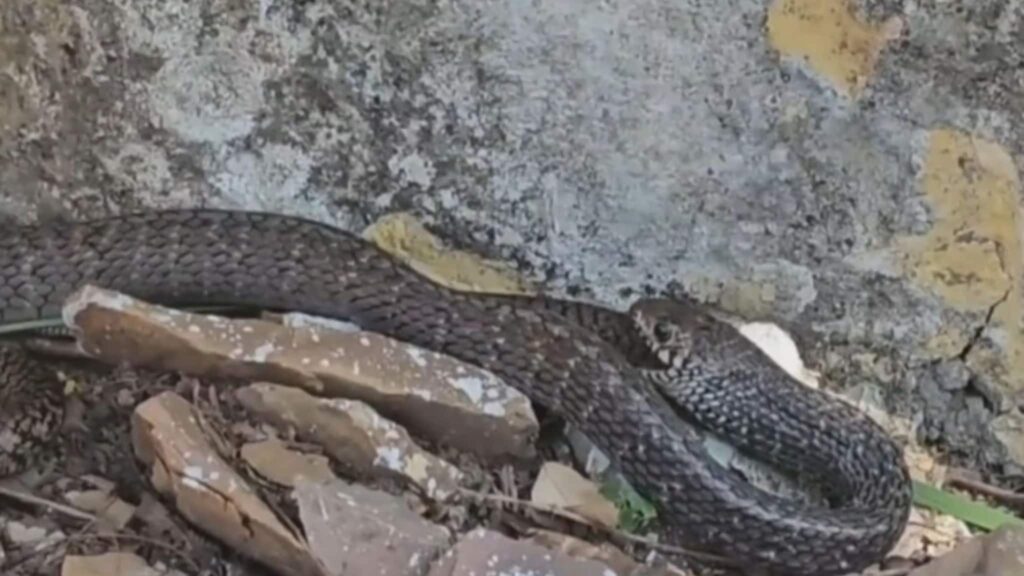In an intriguing incident that showcases the complexities of nature, local snake catcher Govind Sharma was alerted to a unique predatory event. He discovered a fascinating interaction between two members of the same snake species, highlighting the lesser-known predatory behavior exhibited within their natural habitat. This event not only demonstrates the survival instincts of snakes but also raises awareness about their ecological roles.
Details of the Encounter
Upon arrival at the scene, Govind Sharma observed a remarkable sight: a 7-foot-long Python, known scientifically as the Python molurus, had captured a smaller snake of its own species, measuring approximately 2.5 to 3 feet in length. This behavior is relatively rare and has sparked interest in understanding why such instances occur among snakes.
The Prey and Predatory Behavior
In the animal kingdom, it is not uncommon for larger animals to prey on smaller ones within the same species. This phenomenon, known as “intraspecific predation,” can occur for several reasons:
- Competition for Resources: Larger snakes may consume smaller ones to reduce competition for limited resources such as food and territory.
- Nutritional Advantage: A large snake may find a smaller member of its species to be a nutritious meal, providing essential energy and nutrients.
- Population Control: Such predation may help maintain a balanced population within a species, preventing overcrowding and ensuring sustainability.
The Role of Snakes in Ecosystems
Snakes play a vital role in maintaining ecological balance. They are both predators and prey, contributing to a diverse food web. Here’s a breakdown of their ecological importance:
| Role in Ecosystem | Description |
|---|---|
| Regulators of Prey Populations | By controlling populations of rodents and other small animals, snakes help prevent overpopulation and the spread of disease. |
| Food Source for Other Animals | Snakes are prey for larger birds, mammals, and reptiles, thus serving as a food source in the food chain. |
| Indicators of Environmental Health | As sensitive species, snakes can indicate the health of their environment, reflecting changes in the ecosystem. |
Educational Value and Conservation
Incidents like these provide a unique opportunity for education about snake behavior and conservation. Understanding the significance of snakes within ecosystems can foster a greater appreciation for biodiversity and the importance of protecting natural habitats.
Conclusion
This extraordinary event witnessed by Govind Sharma not only highlights the fascinating predatory behaviors of snakes but also emphasizes their critical role in maintaining ecological balance. Such encounters offer invaluable insights into the complexities of wildlife interactions and underline the need for increased awareness and conservation efforts to protect these remarkable creatures and their habitats.
